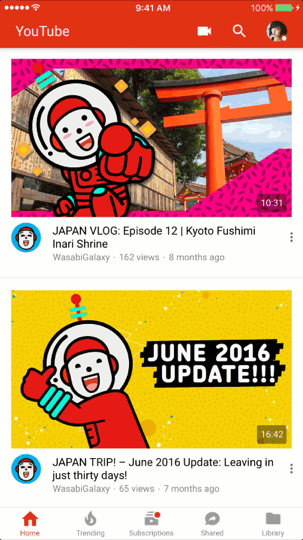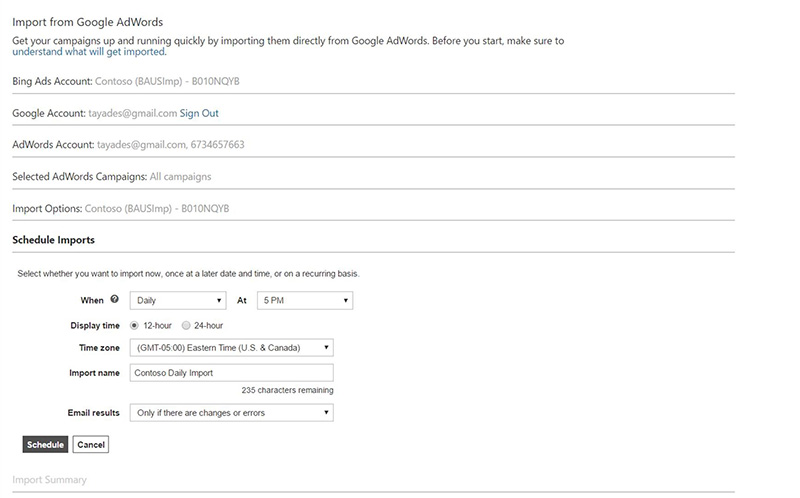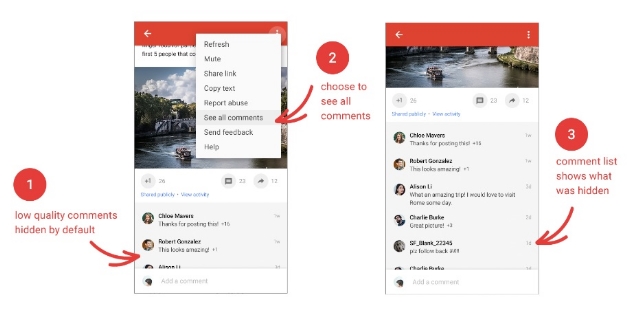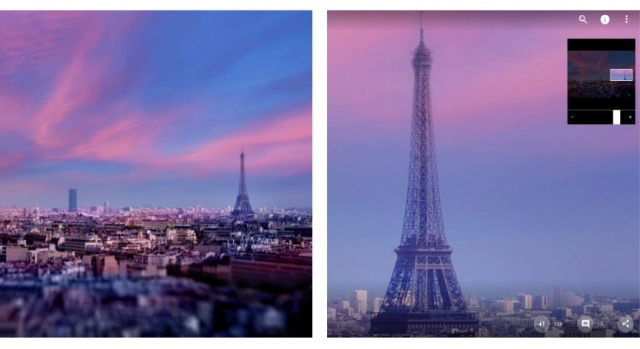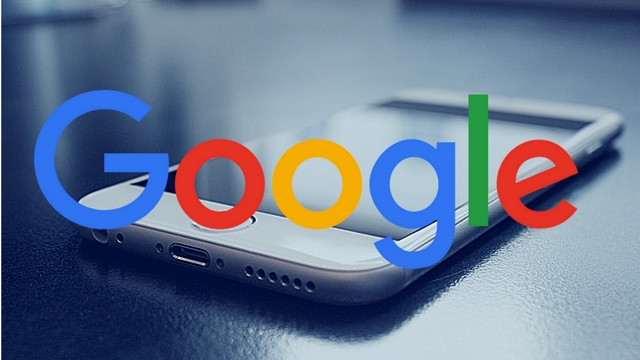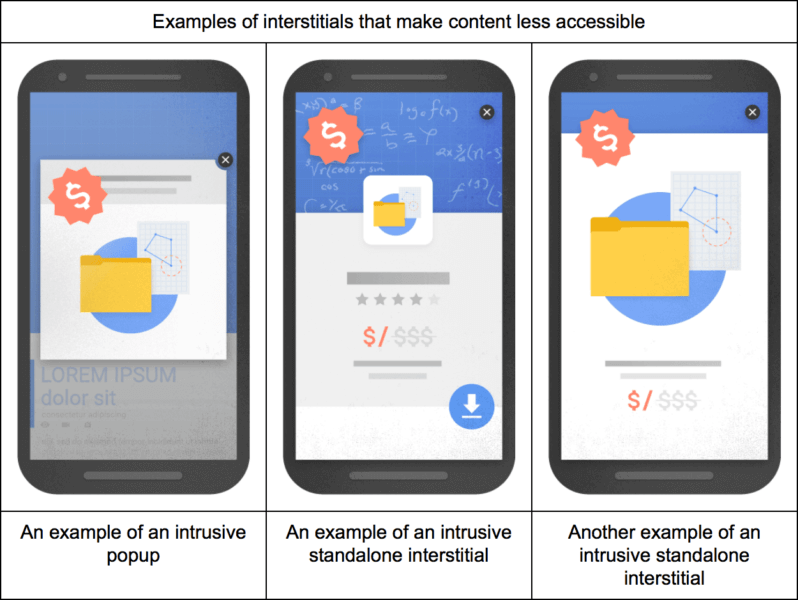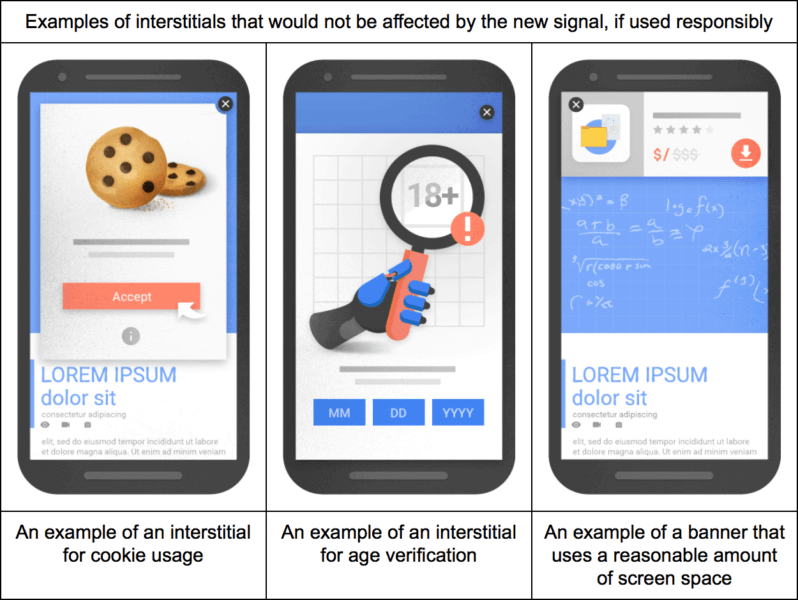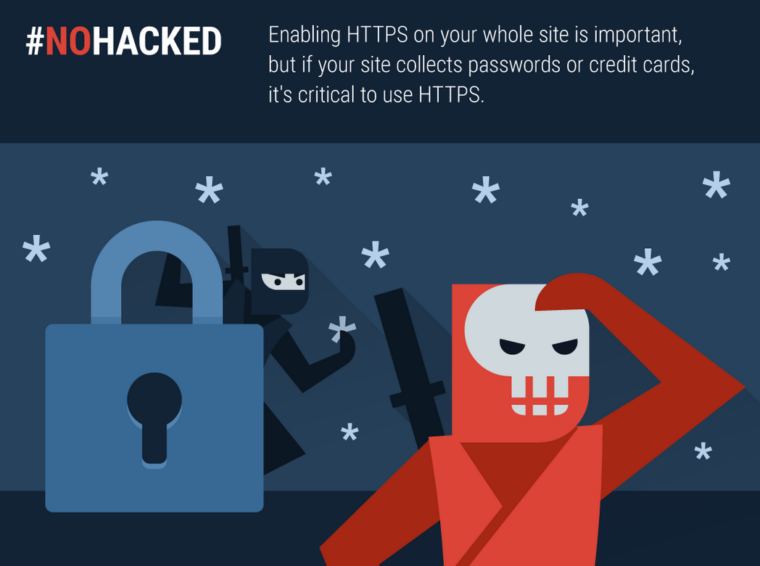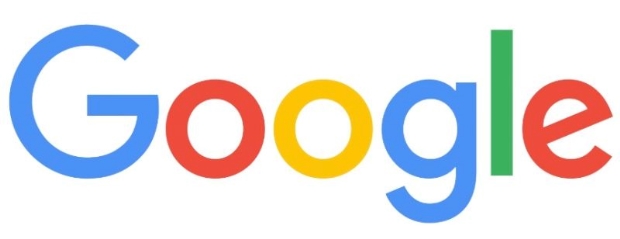
Do you have an on-site search engine to help visitors find the products and content they want? Do you rely on Google’s Site Search service for your search engine? If so, you should begin making plans for a replacement.
Google has confirmed it will be shutting down the Google Site Search product and discontinuing support by the fourth quarter of 2017.
Google Site Search powered internal search engines with Google’s own search technology, charging users based on monthly query volume for the product.
The paid site search product wasn’t Google’s only on-site search product. The company is directing consumers using the company to use either the ad-powered free custom search engine or cloud search product.
In a statement to Search Engine Land, a Google spokesperson said:
We are winding down the Google Site Search product over the next year, but will provide customer and technical support through the duration of license agreements. For GSS users whose contract expires between April 1st and June 30th, 2017, we are providing a free 3-month extension with additional query volume to allow more time for them to implement the necessary changes to their site. GSS customers may also take advantage of our Custom Search Engine solution, an ads-supported model that offers similar functionality. We continue to build out new functionality and invest in new technology that make enterprise search a great experience for our customers. Just recently, we introduced the general availability of Google Cloud Search for G Suite customers.




